Mysore/Mysuru: Retired Professor of the Department of Ancient History and Archaeology, University of Mysore, Prof. N.S. Rangaraju has said that technical aspects of archaeological and heritage structures are not included in the textbooks of Civil Engineering.
He came out with several observations during a talk on ‘Mysuru Heritage, Conservation and Materials used in Buildings’ organised by the Institution of Engineers-India (IEI), Mysuru Chapter, at its S.P. Bhat Hall, on JLB Road in city last evening.
“Nowadays, there is a necessity for the students of Civil Engineering to study the technical aspects followed in the civil works of archaeological buildings,” he said.
In Mysuru, over 600 heritage buildings had been identified earlier, but the State Government declared 131 structures as heritage buildings. There are 25 heritage buildings in the ambit of the University of Mysore alone. While the residence of renowned writer R.K. Narayan at Yadavagiri has been conserved with the help of officers after buying back the building from the contractor,” he noted.
Separate Department of Archaeology
When S.M. Krishna was the Chief Minister, a separate Department of Archaeology, Heritage and Museums, was constituted at the suggestion of IAS officer T.M. Vijay Bhaskar.
The Department is headed by either an IAS cadre officer or KAS senior grade officer, with Devaraju being the incumbent Commissioner.
Before the Department came into existence, Krishna had declared Mysuru and Srirangapatna as ‘Heritage Cities’. It was followed by the launch of the ‘Heritage Walk’ to create awareness of heritage buildings, said Rangaraju explaining in detail.
When the first Heritage Walk was launched, about 80 people had taken part and the concept is still in practice to create awareness, he said.
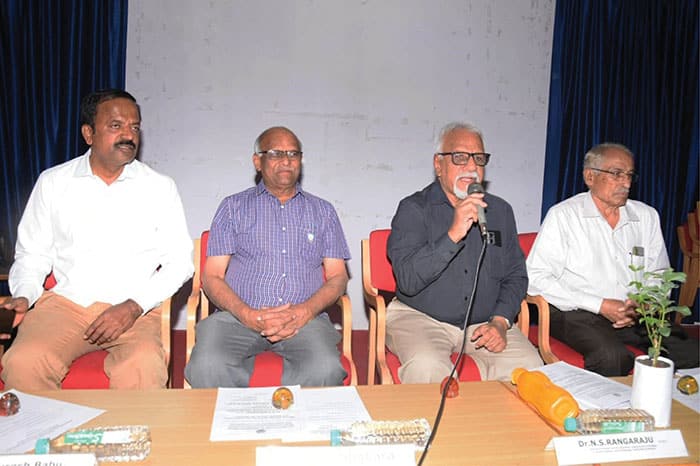
Benevolence of Jayachamaraja Wadiyar
Mysuru had 14 Palaces and one among them has been already demolished. When Rashtrakavi Kuvempu was the Vice-Chancellor of the University of Mysore, the existing Manasagangothri campus was bought for Rs. 10 lakh after talks with Jayachamaraja Wadiyar.
The benevolence of Jayachamaraja Wadiyar was such that Cheluvamba Mansion was handed over to set up Central Food Technology Research Institute (CFTRI) by registering the deed in exchange for Re. 1, lauded Rangaraju.
Visionary Maharani Kempananjammani
Recalling the history associated with the building of the eponymous Mysore Palace under the visionary Maharani Kempananjammani (popular as Vani Vilasa Sannidhana who was the Regent ruler of princely Mysore State from 1895 to 1902 as her son Maharaja Nalwadi Krishanraja Wadiyar was a minor), after the earlier wooden Palace was destroyed in a fire mishap, Prof. Rangaraju explained how the British engineer Henry Irwin constructed the present Palace structure blending various architectural styles, that was completed in 1912.
The 51 books related to history authored by a famous historian of Tamil Nadu on the rule of South Indian kings, lacks adequate mention of the rule of princely Mysore State. Being Mysureans we should be aware of this, appealed Rangaraju.
Institution of Engineers-India (IEI) Mysuru Chapter Chairman B.S. Prabhakara, Secretary H.S. Suresh Babu, Convener M. Chinnaswamy and Joint Secretary Dr. R. Deepu were present.
How Wadiyars built heritage structures
The heritage buildings built during the times of Wadiyars were made of a mix white lime of Kadakola and Bannur, jaggery cake, egg, river sand, sea shells, mara vajra, antuvala and aralekayi, that were churned in oil mills, the yokes of which were pulled by bullocks.
The mortar should be smoother than dosa batter, which was turning reddish if mixed with bugurikayi. The mortar was stored in drums for a week and used only after the materials used for the same start to rot. The method is still in practice to apply the coat of mortar for heritage buildings, Prof. Rangaraju explained.
He also made a mention of findings of a mix of Ganja in the mortar used at the heritage structures in Ajanta and Ellora that kept termites away, and three types of terraces — Madras Tharasi (Terrace), Kolkatta Tharasi and Jack Tharasi — seen in the heritage structures of Mysuru.
He regretted about how the good old Lansdowne Building is crying for attention even 10 years after a part of the heritage structure collapsed. Hence, the Civil Engineers should focus on the conservation of such heritage structures, he advised.



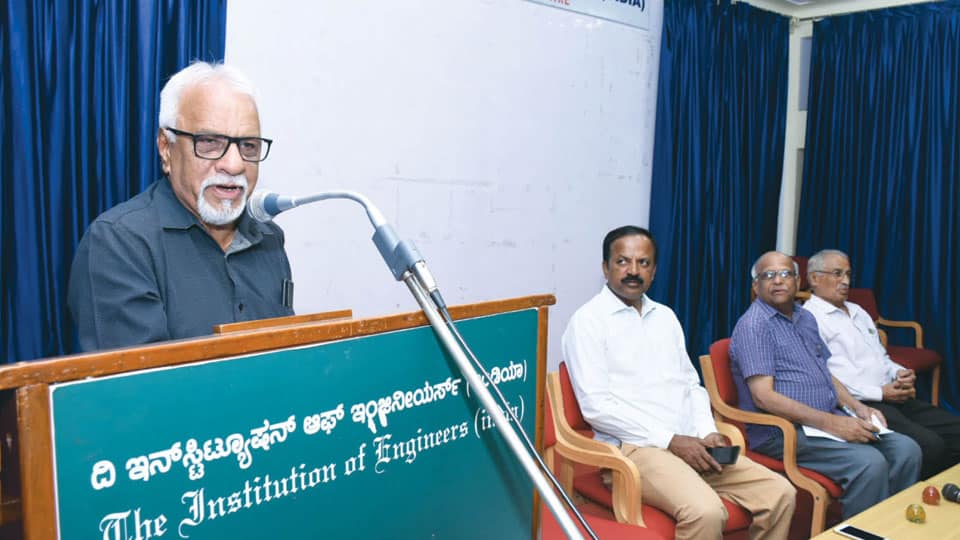
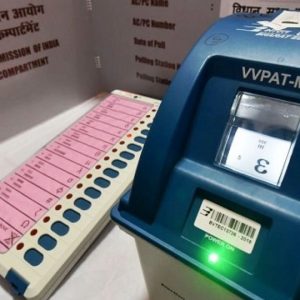

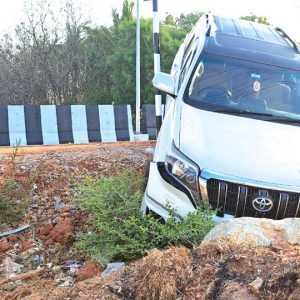
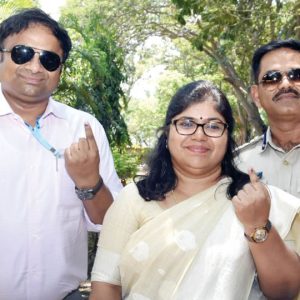
Prof. N.S. Rangaraju may not be aware of the contribution of Indian Architect P.S. Subramaniam in making Mysore Palace what it is today. He along with Shilpi Siddalinga Swamy created the magnificent Durbar Hall . This was after the so called work of Henry Irwin !
Maharaja JCRW also gifted another Royal Mansion in Bangalore – AVALON to start the NATIONAL TUBERCULOSIS INSTITUTE in 1959.
Hey RAJA CHANDRA
The same Shilpi Siddalingappa, who behaved like Rasputin controlled Jayachamaraja Wadiyar (JC Wadiyar), persuading him to let him remodel the gold thronE, and took away the precious stones embedded there?
Have you seen his temple and the vast building opposite where stone carved idols stand in Ramanuja Road? Where did the original penniless Siddalingappa get the money to become so rich?
While you are appreciating the contribution of this Shilpi Siddalingappa, who remodelled the gold throne thereby, , helped himself with the embedded precious stones., you might also consider the contributions of Mahadevaiah, the ADC of Jayachamrajendra Wadiyar(JC Wadiyar) too, who rose from the lowly butler position to become the second most powerful person in the Palace. He introduced this Wadiyar to women and drinks, and was so influential that once JC Wadiyar threw open his secure room containing jewels and other valuables and asked Mahadevaiah to take anything he wanted. Wadiyar’s wife was crying beside him, pleading not to do that.. The Palace official who was asked to open this secure room, later quit with disgust.
Have you ever wondered why JC Wadiyar went to Dusseldorf for medical treatment, where there was England and USA which had superior facilities? Yes, the resident German woman in his household was influential too! What was he suffering from? Why he relocated to Bangalore Palace and died there? What was there to hide from the public?
Can we talk about his Son SD Wadiyar’s excesses too-chasing buxom women in Mysore, having affairs with both the wife and sister in law of a hotelier, whose hotel in the VV Market area was well known for its Set Dosa and Masala Dosa?
This Shilpi is hardly an expert on Indo-Saracenic architecture. Mahadevaiah the ADC was hardly an expert on management!
But keep prattling your demented delusion.